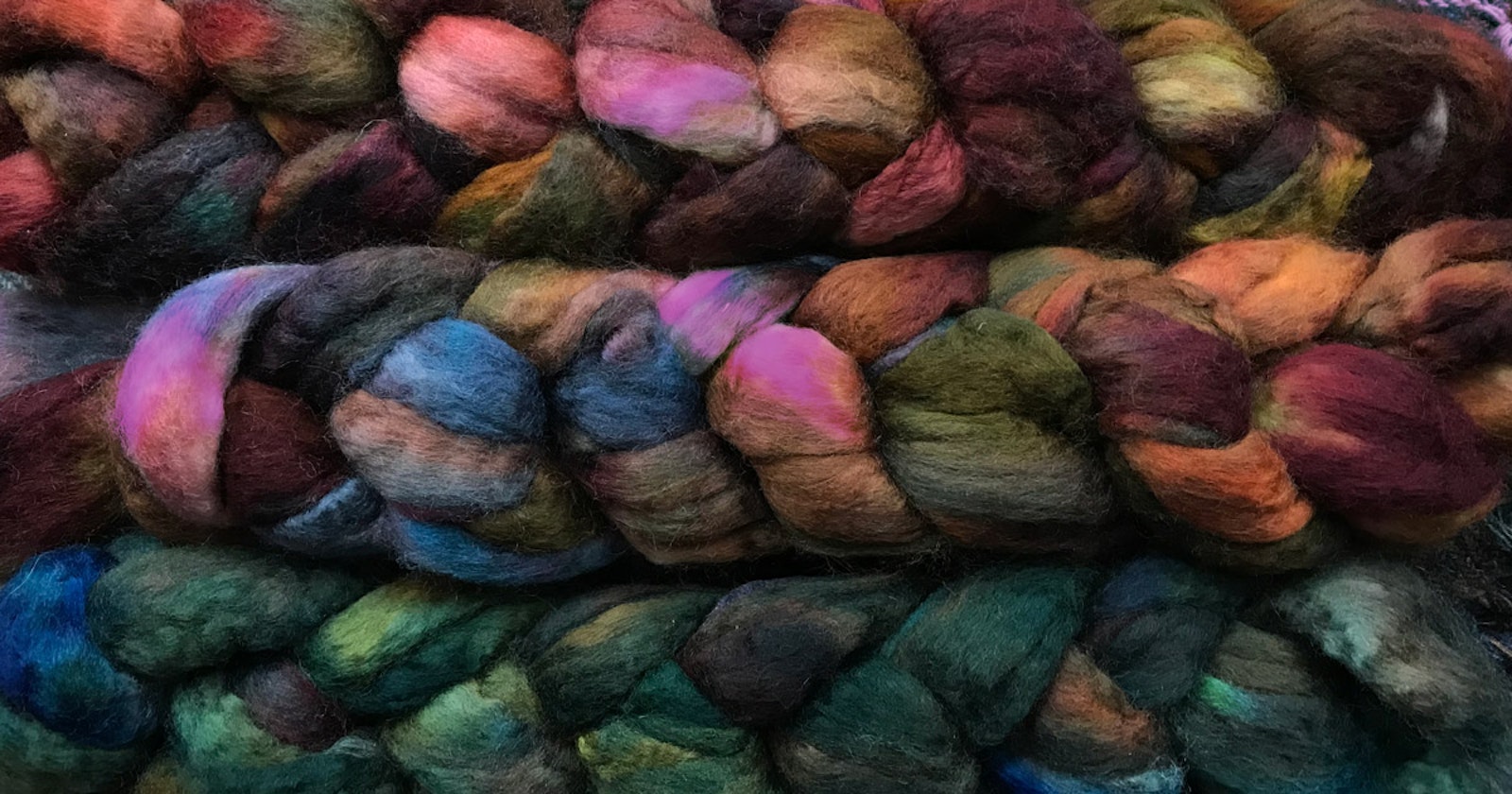| Judith MacKenzie told me something about spinning once that stuck with me, though I can’t remember her exact words. The gist of it was something like this: All the laws of the universe are at work in your yarn. The physics that governs the planets and the objects around you also governs the twist and the fibers in your hands. Aside from piquing my sense of wonder in the apparent magic that is spinning, this is something I think about often because, for the most part, I don’t believe in spinning rules. Maggie Casey often reminds her students that there are no yarn police who will come and give tickets for failing to follow the spinning rules. So there are laws but no rules? How does that work? Well, I’d say that’s a good place to start: Question everything. There are legends of epic battles waged between spinners about the definition of woolen and worsted. But Rita Buchanan dares to ask: Who cares? In her essay “Woolen/Worsted, R.I.P.” she says, “Several years ago I decided those words are a nuisance, so I put them away. They belong in the history books, I think. And what about semi-woolen and semi-worsted? Oh, come on. Instead of history books, they could be the basis for a comic book!” Instead Rita challenges spinners to use more descriptive words to characterize their yarn: Ropelike. Supple. Vivid. Stunningly ugly. Rule 2: A spinner never thinks of commercial yarn. Many spinners I know feel a little embarrassed about using (let alone liking) commercial yarn. We celebrate what makes handspun yarn so, well, handmade, and we resist the idea that commercial yarn has anything to teach us. But Patsy Zawistoski dares to challenge that viewpoint in her video Make That Yarn! Whether we like to admit it or not, there are things regularly done by spinning mills that spinners could learn from, such as “plying” a yarn in the same direction it’s spun to make a soft singles-style yarn with a little more structure. It’s true that art yarns aren’t judged by a lot of the same standards as more conventional yarns, such as evenness and consistency. They might seem more inspired by ad hoc creativity than rigorously constructed. But Sarah Anderson makes the most beautiful art yarns, and she does it by studying and understanding the yarn’s structure. Art takes practice as much as inspiration. And those art yarns? They may not follow the rules of those mythical Yarn Police, but the laws of physics are at work in every twist.
|




